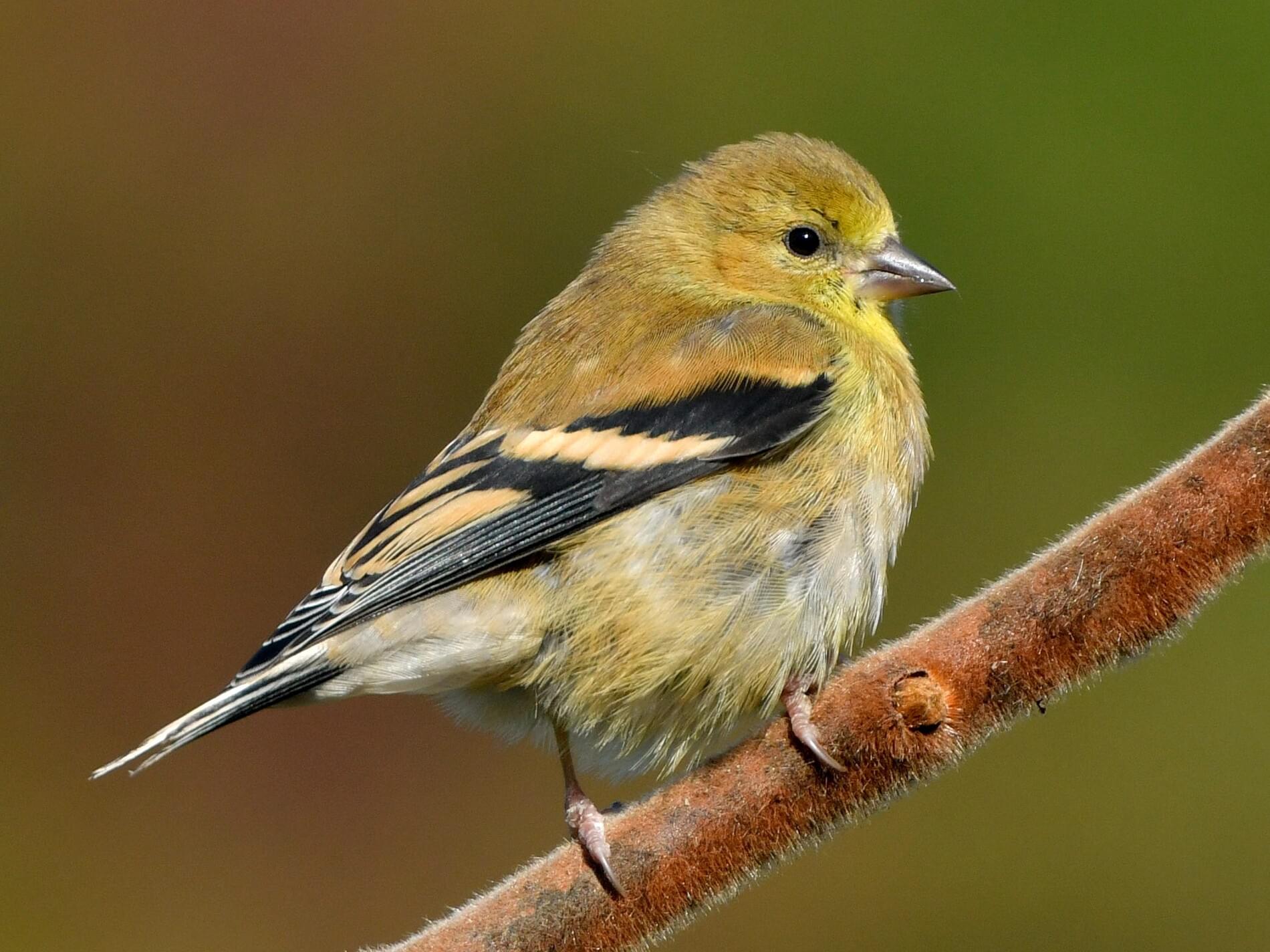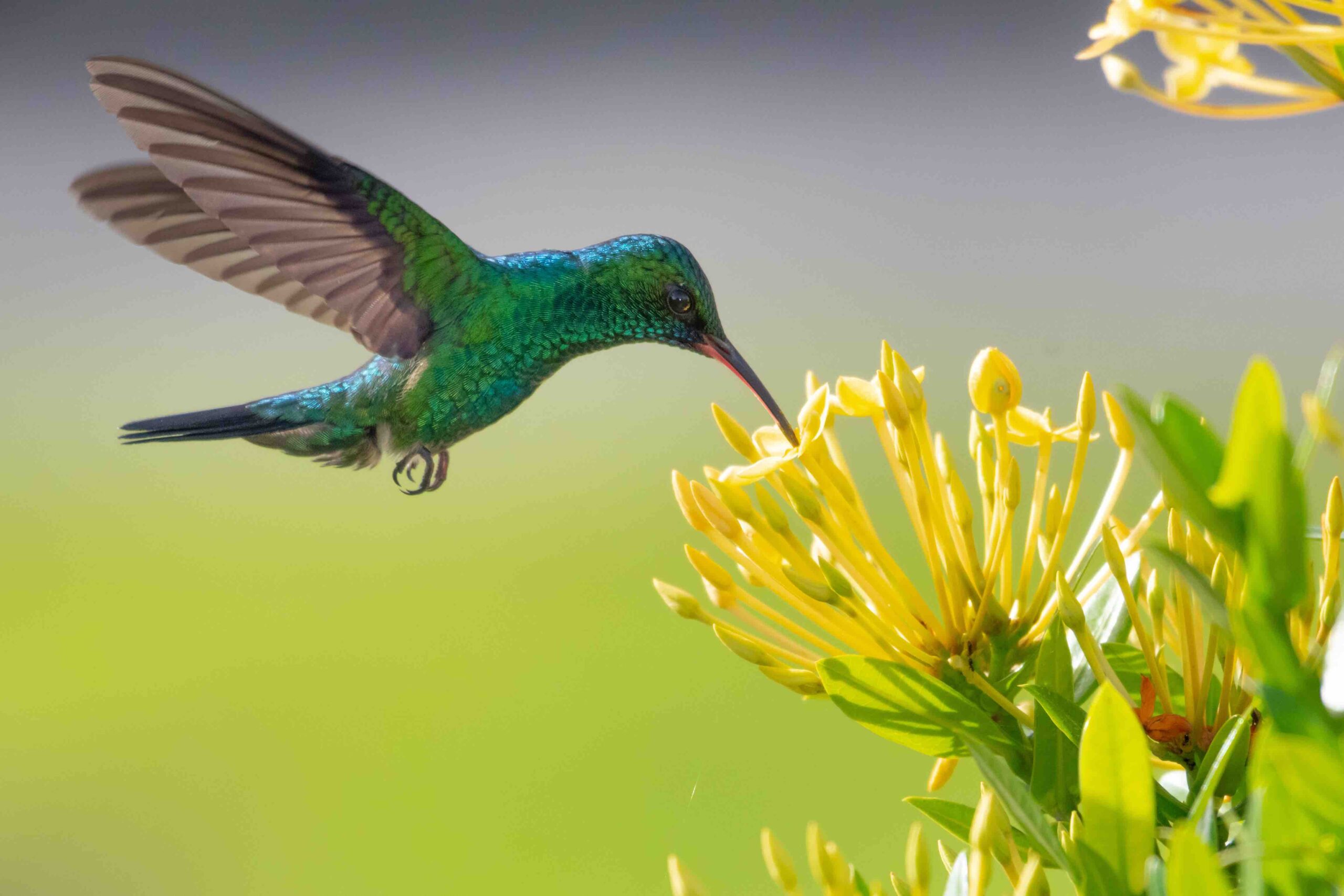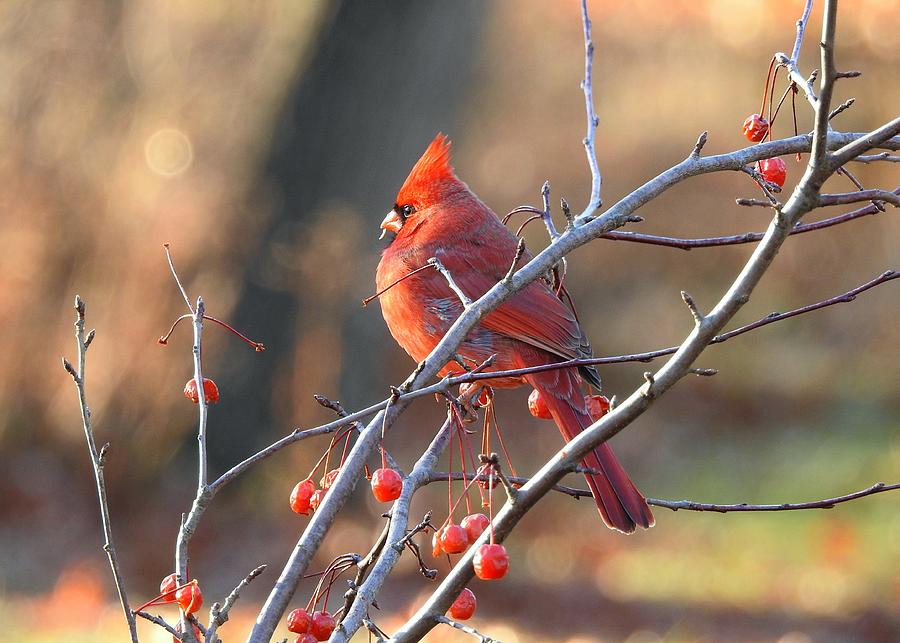Wild birds are fascinating creatures that can be found in various habitats, from backyards to forests and marshes. There are over 10,000 species of birds worldwide, each with unique physical characteristics, behavior, and habitat.
In this article, we will introduce you to 10 types of wild birds that you can find in the United States. We will also provide information on how to identify them, attract them to your backyard, and feed them.
You are reading: Discover 10 Types Of Wild Birds
Whether you are a beginner birder or an experienced bird watcher, this article will help you appreciate the beauty and diversity of wild birds.

10 Types Of Wild Birds
American Goldfinch

The American Goldfinch is a small North American bird that belongs to the finch family. It is migratory, ranging from mid-Alberta to North Carolina during the breeding season, and from just south of the Canada–United States border to Mexico during the winter.
The American Goldfinch is a granivore and adapted for the consumption of seedheads, with a conical beak to remove the seeds and agile feet to grip the stems of seedheads while feeding. It is a social bird and will gather in large flocks while feeding and migrating.
The American Goldfinch is a small finch, 11–14 cm (4.3–5.5 in) long, with a wingspan of 19–22 cm (7.5–8.7 in). It weighs between 11–20 g (0.39–0.71 oz) . The male American Goldfinch in breeding plumage is bright yellow with jet-black wings and cap, while the female is dull yellow below.
The American Goldfinch is a common bird at feeders, where it takes primarily sunflower and nyjer. To attract American Goldfinches to your yard, you can plant native thistles and other composite plants, as well as native milkweed.
Almost any kind of bird feeder may attract American Goldfinches, including hopper, platform, and hanging feeders, and these birds don’t mind feeders that sway in the wind. They’re most attracted to sunflower seed and nyjer.
Blue Jay
The Blue Jay (Cyanocitta cristata) is a passerine bird that is native to eastern North America and can be found in southern Canada and throughout the eastern and central United States south to Florida and northeastern Texas.
The Blue Jay is a migratory bird, and northern populations will move south in the winter. Blue Jays are known for their intelligence and complex social systems with tight family bonds. They are highly adaptable and can be found in a variety of habitats, including oak and pine woods, suburban gardens, groves, towns, and low forest areas.
Blue Jays are omnivorous and feed on both plants and animals, including nuts, seeds, acorns, grasshoppers, caterpillars, beetles, eggs, and nestlings. They are also known to be aggressive and territorial, often driving other birds away from bird feeders.
Blue Jays build their nests in the crotch or thick outer branches of a deciduous or coniferous tree, usually 10-25 feet above the ground. To attract Blue Jays to your yard, you can provide them with nuts, seeds, and suet, as well as a bird bath for drinking and bathing.
American Robin
Read more : How To Keep Bird Feeders Dry
The American Robin (Turdus migratorius) is a migratory bird that belongs to the true thrush genus and Turdidae, the wider thrush family. It is named after the European robin because of its reddish-orange breast, though the two species are not closely related, with the European robin belonging to the Old World flycatcher family.
The American Robin is widely distributed throughout North America, wintering from southern Canada to central Mexico and along the Pacific coast. It is a fairly large songbird with a large, round body, long legs, and fairly long tail.
The American Robin’s breeding habitat is woodland and more open farmland and urban areas, and its winter habitat is similar but includes more open areas.
The American Robin is a granivore and insectivore, feeding on earthworms, insects, and fruit. To attract American Robins to your yard, you can provide them with fruit, such as berries and raisins, as well as mealworms and suet.
Northern Cardinal
The Northern Cardinal (Cardinalis cardinalis) is a mid-sized perching songbird that is native to southeastern Canada, through the eastern United States from Maine to Minnesota to Texas, New Mexico, southern Arizona, southern California, and south through Mexico, Belize, and Guatemala.
Here are some interesting facts about the Northern Cardinal:
– The Northern Cardinal is known colloquially as the redbird, common cardinal, red cardinal, or just cardinal.
– The Northern Cardinal is a sexually dimorphic bird, with males being a vibrant red color with a black mask on the face and a larger crest, while females are a reddish olive color with a gray mask around the beak.
– The Northern Cardinal is a territorial songbird, and the male sings in a loud, clear whistle from the top of a tree or another high location to defend his territory.
– The Northern Cardinal is a granivore and insectivore, feeding on earthworms, insects, and fruit.
– The Northern Cardinal is found in residential areas throughout its range, and bird feeders attract it by using sunflower seeds.
– The Northern Cardinal builds its nest in dense shrubs, vines, or low trees, usually 3-10 feet above the ground.
– The Northern Cardinal is the state bird of seven eastern states in the United States.
To attract Northern Cardinals to your yard, you can provide them with sunflower seeds and a bird bath for drinking and bathing.
Hummingbird

The Hummingbird is a name that can refer to various books and movies, as seen in the search results. However, in the context of wild birds, the Hummingbird refers to a family of birds known for their small size, iridescent feathers, and ability to hover in mid-air by rapidly flapping their wings.
Hummingbirds are found only in the Americas, from Alaska to Tierra del Fuego, and are most diverse in the tropics. There are over 300 species of hummingbirds, each with unique physical characteristics, behavior, and habitat.
Hummingbirds are nectarivores and feed on the nectar of flowers, as well as insects and spiders for protein. They are important pollinators and have co-evolved with the flowers they feed on.
To attract hummingbirds to your yard, you can provide them with a hummingbird feeder filled with a solution of four parts water to one part white granulated sugar, as well as a variety of nectar-rich flowers, such as bee balm, cardinal flower, and salvia.
Song Sparrow
The Song Sparrow (Melospiza melodia) is a medium-sized New World sparrow that is easily one of the most abundant, variable, and adaptable species among the native sparrows in North America.
Here are some interesting facts about the Song Sparrow:
– Adult Song Sparrows have brown upperparts with dark streaks on the back and are white underneath with dark streaking and a dark brown spot in the middle of the breast. They have a brown cap and a long brown rounded tail. Their face is gray with a brown streak through each eye.
– Song Sparrows are highly variable in size across numerous subspecies, with the body length ranging from 11 to 18 cm (4.3 to 7.1 in) and wingspan ranging from 18 to 25.4 cm (7.1 to 10.0 in).
– Although one bird will know many songs, as many as 20 different tunes with as many as 1000 improvised variations on the basic theme, the Song Sparrow usually repeats the same song many times before switching to a different song.
– Song Sparrows typically learn their songs from a handful of other birds that have neighboring territories. They are most likely to learn songs that are shared between these neighbors. Ultimately, they will choose a territory close to or replacing the birds that they have learned from. This allows the Song Sparrows to address their neighbors with songs shared with those neighbors.
– To attract Song Sparrows to your yard, you can provide them with a variety of seeds, such as millet, sunflower, and nyjer, as well as a bird bath for drinking and bathing.
– Song Sparrows often lay two or more clutches of eggs per breeding season. In exceptional circumstances, such as when resources are abundant or predation causes the loss of several clutches in a row, Song Sparrows have laid as many as seven clutches in a single breeding season, and have successfully reared up to four clutches.
Read more : Feeder Oats For Bird
Overall, the Song Sparrow is a familiar and widespread bird that can be found in a variety of habitats, including wetland edges, brushy fields, streamsides, shrubby marsh edges, woodland edges, hedgerows, and well-vegetated gardens.
Tufted Titmouse
The Tufted Titmouse (Baeolophus bicolor) is a small songbird from North America, a species in the tit and chickadee family (Paridae). Here are some interesting facts about the Tufted Titmouse:
– The Tufted Titmouse is a small bird, averaging six inches in length, with gray feathers on the head, back, wings, and tail. The belly feathers are white with a red wash, and there is a crest on the head.
– The Tufted Titmouse is a common backyard bird in the eastern United States, often found in deciduous woods, parks, and backyards.
– The Tufted Titmouse is a granivore and insectivore, feeding on insects, seeds, and berries.
– The Tufted Titmouse is a cavity nester, and the female builds the nest in a tree cavity, old woodpecker nest cavity, or nest box, lining it with leaves, grasses, mosses, bark, fur, hair, and other objects.
– The Tufted Titmouse is a vocal bird, employing a variety of calls to keep in contact with its family group, defend its territory, and warn against predators. During the spring and summer, it sings a sweet, repeated peter-peter-peter song.
– To attract Tufted Titmice to your yard, you can provide them with a variety of seeds, such as sunflower, millet, and nyjer, as well as a bird bath for drinking and bathing.
Overall, the Tufted Titmouse is a familiar and widespread bird that can be found in a variety of habitats, including woodlands, shade trees, and orchards.
Black-Capped Chickadee
The Black-Capped Chickadee (Baeolophus bicolor) is a small, non-migratory songbird that is widely distributed throughout North America, ranging from the northern United States to southern Canada and all the way up to Alaska and Yukon. Here are some interesting facts about the Black-Capped Chickadee:
– The Black-Capped Chickadee has a distinct appearance characterized by its black cap and “bib” with white sides, gray back, wings, and tail, and whitish underside with buffy sides.
– The Black-Capped Chickadee is a social bird and forms flocks in the winter that include other bird species.
– The Black-Capped Chickadee is a granivore and insectivore, feeding on insects, seeds, and berries.
– The Black-Capped Chickadee is a cavity nester, and the female builds the nest in a tree cavity, old woodpecker nest cavity, or nest box, lining it with leaves, grasses, mosses, bark, fur, hair, and other objects.
– The Black-Capped Chickadee is a vocal bird, employing a variety of calls to keep in contact with its family group, defend its territory, and warn against predators.
– To attract Black-Capped Chickadees to your yard, you can provide them with a variety of seeds, such as sunflower, millet, and nyjer, as well as a bird bath for drinking and bathing.
Overall, the Black-Capped Chickadee is a familiar and widespread bird that can be found in a variety of habitats, including mixed deciduous-evergreen forests, especially near forest edges, and suburban backyards.
Starling
The Starling (Sturnus vulgaris) is a medium-sized passerine bird in the starling family, Sturnidae. Here are some interesting facts about the Starling:
– The Starling is about 20 cm (8 in) long and has glossy black plumage with a metallic sheen, which is speckled with white at some times of year. The legs are pink and the bill is black in winter and yellow in summer; young birds have browner plumage than the adults.
– The Starling is native to Europe and Asia, but has been introduced to other countries around the world, including North America.
– The Starling is a cavity nester, and the female builds the nest in a tree cavity, old woodpecker nest cavity, or nest box, lining it with leaves, grasses, mosses, bark, fur, hair, and other objects.
– The Starling is a vocal bird, employing a variety of calls to communicate with other birds and defend its territory.
– The Starling is a granivore and insectivore, feeding on insects, seeds, and berries.
– To attract Starlings to your yard, you can provide them with a variety of seeds, such as sunflower, millet, and nyjer, as well as a bird bath for drinking and bathing.
Overall, the Starling is a familiar and widespread bird that can be found in a variety of habitats, including woodlands, grasslands, and urban areas. However, it is also considered an invasive species in some areas, where it competes with native birds for resources.
Northern Mockingbird
The Northern Mockingbird (Mimus polyglottos) is a medium-sized songbird that is commonly found in North America, ranging from southern Canada to Mexico. Here are some interesting facts about the Northern Mockingbird:
– The Northern Mockingbird is a permanent resident in most of its range, but northern birds may move south during harsh weather.
– The Northern Mockingbird is known for its mimicking ability, as reflected by the meaning of its scientific name, “many-tongued mimic”.
– The Northern Mockingbird is a gray bird with paler underparts, white outer tail feathers, and white wing patches that look like bars.
– The Northern Mockingbird is a granivore and insectivore, feeding on insects, fruit, and seeds.
– The Northern Mockingbird is a vocal bird, employing a variety of calls to communicate with other birds and defend its territory.
– The Northern Mockingbird is found in a variety of habitats, including woodlands, scrublands, and urban areas.
– To attract Northern Mockingbirds to your yard, you can provide them with a variety of seeds, such as sunflower, millet, and nyjer, as well as a bird bath for drinking and bathing.
Overall, the Northern Mockingbird is a familiar and widespread bird that can be found in a variety of habitats, including woodlands, scrublands, and urban areas.
FAQS
1. What are some common backyard birds?
Some common backyard birds include the American Goldfinch, Blue Jay, American Robin, Northern Cardinal, Hummingbird, Song Sparrow, Tufted Titmouse, Black-Capped Chickadee, Starling, and Northern Mockingbird.
2. How can I attract birds to my yard?
You can attract birds to your yard by providing them with food, water, and shelter. For example, you can use bird feeders, bird baths, and nesting boxes to attract birds.
3. What should I feed birds?
The type of food you should feed birds depends on the species of bird. Generally, birds eat seeds, insects, and fruit. You can provide them with a variety of seeds, such as sunflower, millet, and nyjer, as well as fruit, such as berries and raisins.
4. How can I identify birds?
You can identify birds by using field guides, online resources, or apps that provide information on their physical characteristics, behavior, and habitat. Additionally, observing their unique features, such as their color, size, and shape, can help you distinguish one species from another.
5. How can I help birds?
You can help birds by taking simple actions, such as brewing bird-friendly coffee, reducing your use of pesticides, and supporting conservation organizations. For more ideas, you can visit the Cornell Lab of Ornithology’s website.
Source: https://petstutorial.com
Category: Birds










